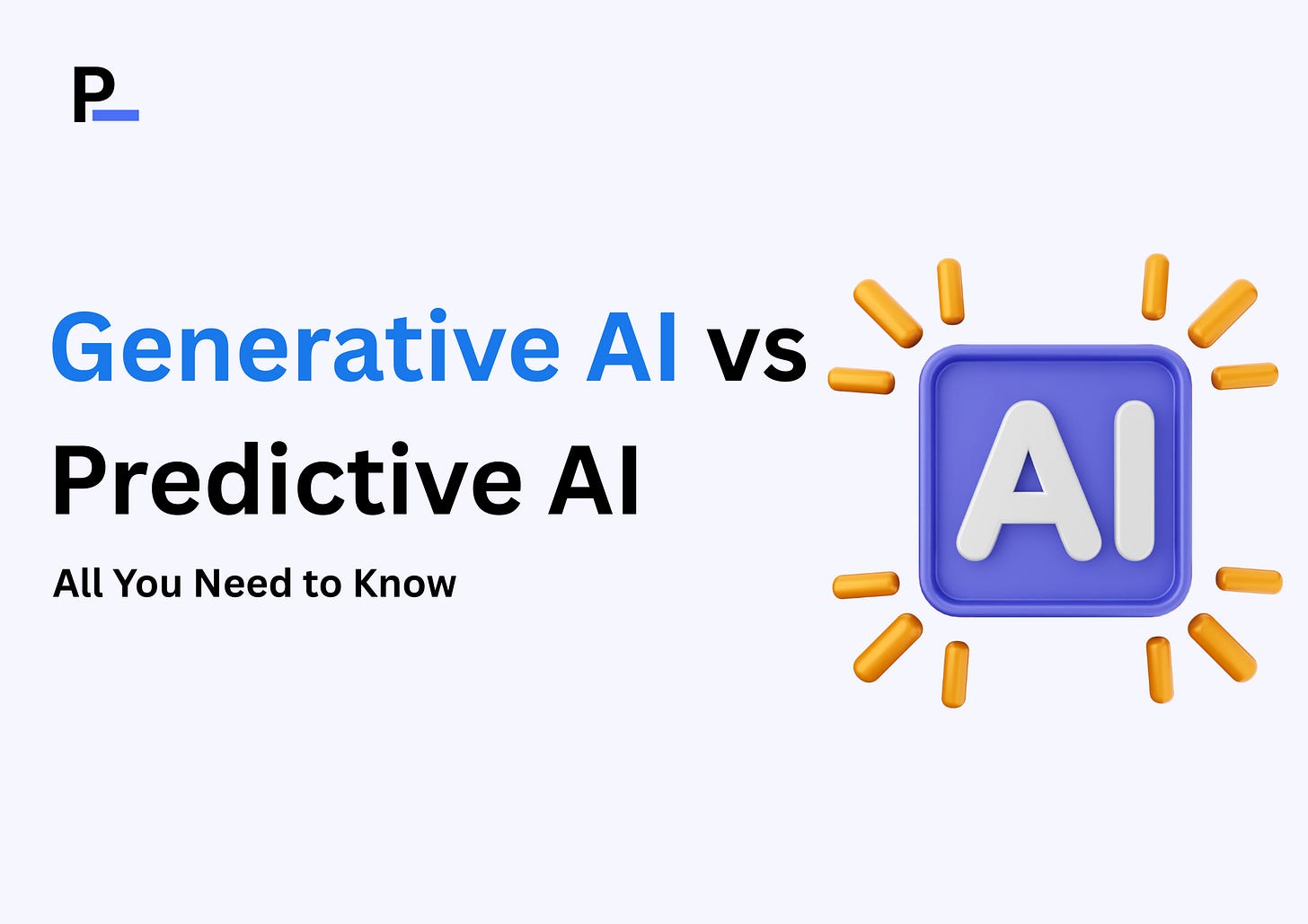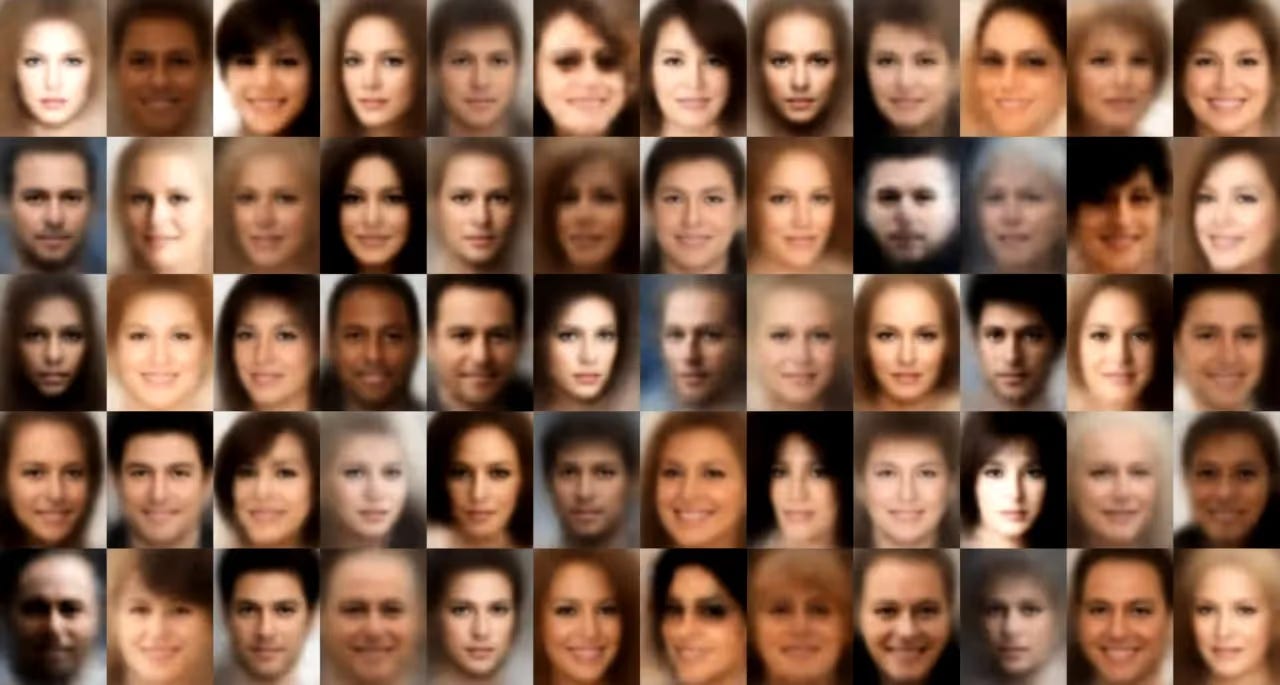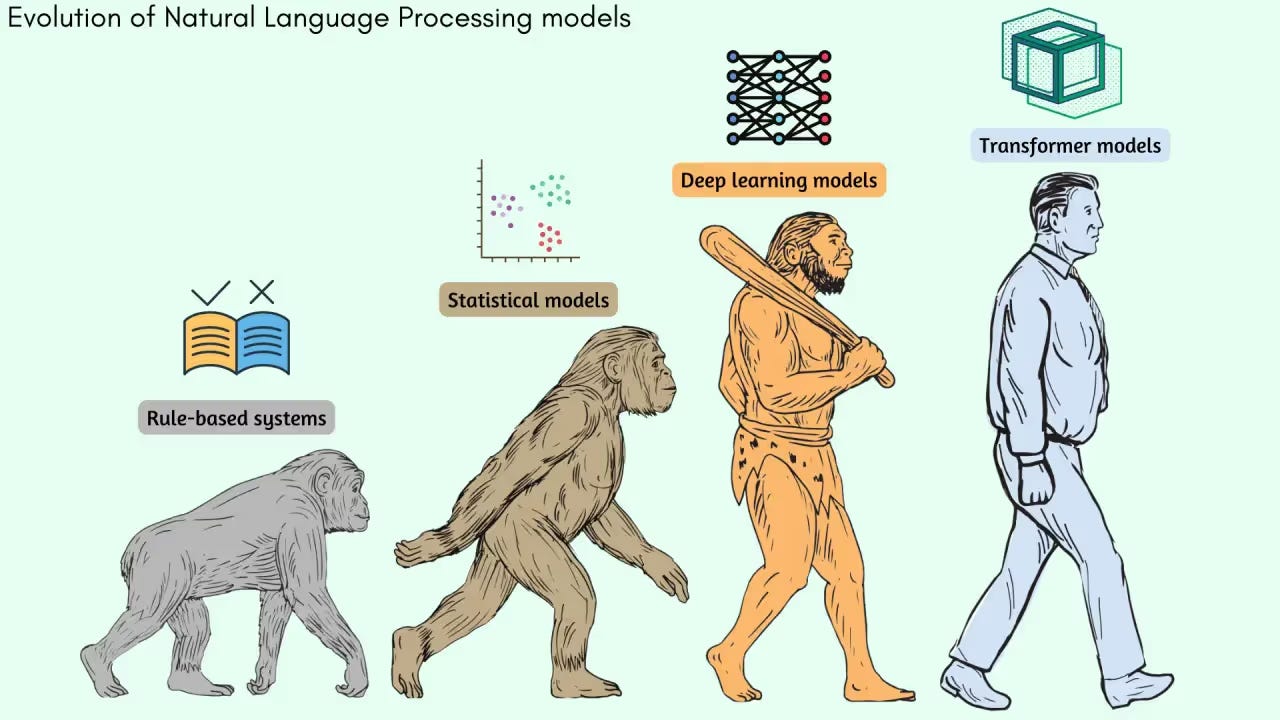Generative AI vs Predictive AI: All You Need to Know
A Complete Guide to Generative AI vs Predictive AI (with real-world examples)
Ever wondered why some AI tools can write stories while others predict the weather? You're not alone. The world of artificial intelligence can feel overwhelming, but understanding the two main types - generative AI and predictive AI - is simpler than you might think.
Think of it like this: if AI were a person, generative AI would be the creative artist who paints pictures and writes poems, while predictive AI would be the smart analyst who looks at data and tells you what's likely to happen next.
Generative AI vs. Predictive AI
While generative AI and predictive AI are both artificial intelligence systems, they are designed to interact with different kinds of data and produce different types of results. Generative AI produces new content, e.g., written text, images, audio and video, while predictive AI examines patterns in a dataset to predict output.
As Atalia Horenshtien from Customertimes puts it perfectly: "One is creative and imaginative - that's generative AI - and the other is logical and analytical - that's predictive AI. It's like having both sides of your brain working as separate systems.”
Generative AI: Generative AI enables users to input prompts and guided commands, directing a model to calculate and predict the next word, character, or pixel, using natural language processing and computer vision.
Such systems may leverage one of several underlying architectures or frameworks. Commonly, including generative adversarial networks, transformers and variational autoencoders.
Generative adversarial networks (GANs): GANs are commonly used for generating images and videos. When the architecture consists of two competing neural networks the generator creates content, while the discriminator attempts to differentiate real data from generated data. Together the two neural networks train the model to produced more and more realistic content.
Transformers: Transformers are the fundamental architecture for many large language models and use self-attention mechanisms to make associations between massive amounts of text data. This allows them to capture complex and oftentimes derivative relationships in the data between words or phrases and ultimately to predict the subsequent word in a sequence associated by an order of magnitude of probability distributions.
Variational autoencoders (VAEs): Typically used in image generation, VAEs encode input data into a latent space and then decode it into a new, higher-quality image or generate a new image altogether.
Generative AI is typically used to create new content that resembles human-made work. Some common use cases include:
Text Generation: Writing articles, emails, marketing copy etc.
Conversations: Enabling virtual assistants and other chatbots to answer questions and converse with users
Image generation: Creating artwork, product mockups and photorealistic images from text prompts.
Video and audio synthesis: Generating synthetic voices, music and even short visual clips based on text or image prompts.
Code generation: Writing or debugging programming code based on user inputs.
Real-World Examples of Generative AI
Netflix's Content Creation: Netflix uses generative AI to create personalized movie thumbnails. Instead of using the same image for everyone, the AI generates different thumbnails based on what each viewer is likely to click on.
Coca-Cola's Marketing: The company used generative AI to create thousands of variations of their holiday campaigns, producing unique ads for different regions and demographics in a fraction of the time it would take human designers.
How Does Generative AI Work?
Generative AI models work by ingested large datasets to learn the patterns, structures, and features for the creation of new content. Generative AI models use a variety of techniques to train different types of models, some of them being Generative Adversarial Networks (GANs), Variational Autoencoders (VAEs), and transformer-based models.
1. Variational Autoencoders (VAEs)
Variational Autoencoders (VAEs) are another distinct yet popular generative AI technique that integrates neural networks with probabilistic graphical models. VAEs consist of an encoder network producing a lower-dimensional latent representation of the input data and a decoder network constructing the original data from the latent representation. The main idea of VAEs is to find a continuous latent space that can explain the main features and variations of the training data as learned.
VAEs are trained to optimize two objectives. The first objective is reconstruction loss, which constrains the decoded output to be as close to the original input as possible.
The second objective, regularization loss, encourages the latent space to conform to a prior distribution (often a Gaussian), thereby controlling the latent space for sampling. When the model samples a point from the learned latent space, it generates new examples that reflect the properties of the inputs from training.
2. Transformer-based Models
GPT (Generative Pre-trained Transformer) and DALL-E (part GPT and part VAE) are examples of model-based transformers that have transformed the generative AI landscape in the past few years. Unlike recurrent and convolutional neural networks which process sequential data sequentially.
Transformer-based models utilize self-attention to understand all parts of the input simultaneously, and as a result, have produced state-of-the-art results for several natural language processing tasks including AI-based language translation, text summarization and question answering.
In the case of generative AI, models like GPT (which are based on the transformer architecture) are trained on an enormous volume of text to learn how language works.
After learning and training, by simply giving GPT a prompt or a few prompts, it can generate coherent text that is both human-like and contextually relevant, whether in the form of an article, poem, story, code, and so forth.
Generative AI Tools
Generative AI tools are likely the interfaces that most people are familiar with and associate with AI. Some popular ones include:
ChatGPT: Text, image, audio, video and code generator.
Gemini: Text, image, audio, video and code generator
Claude: Text, image, audio and code generator.
Midjourney: Image generator
DALL-E: Image generator
Github Copilot: Text and code generator.
Predictive AI: Predictive AI is used to determine the likelihood of an event happening, based on past behavior. Predictive AI depends upon machine learning and statistical science to deliver the prediction or other informed decision-making. It typically uses historical data such as structured data (i.e., numbers, geospatial data).
Predictive AI uses smaller, more specialized models than generative AI. Using techniques such as decision trees, linear regression, logistic regression, and random forests, these models enable the system to classify data into groups, spot patterns, and identify relationships or trends in the information to help with fraud detection, sales forecasting and other applications.
Predictive AI can usually describe data analysis against historical data, analysis of patterns, and predict future events or behavior. Some common use cases of predictive AI technology are:
Customer Behavior Prediction: Anticipating what a user will buy, view or consume next depending on their past behavior.
Fraud Detection: Identifying unusual or suspicious activity in real time to prevent financial loss or security breaches.
Predictive Maintenance: Anticipating when equipment or machinery is likely to fail.
Demand Forecasting: Optimizing supply chains and inventory based on expected demand.
Financial Modeling: Estimating a person’s credit risk or stock market trends.
How Does Predictive AI Work?
Predictive AI models are built using historical data and machine learning techniques to predict future outcomes. These models are trained on large datasets, learning patterns and correlations to make informed predictions. Key techniques include:
Supervised Learning: The model is trained on labeled data to make predictions based on past examples.
Unsupervised Learning: The model identifies hidden patterns in unlabeled data to make predictions.
Statistical Analysis: Predictive AI often involves complex statistical models to forecast future events.
Predictive AI Tools
Predictive AI tools often work alongside a platform that has ample trained data for a specific use case. Examples of common predictive AI tools include:
IBM Watson Studio: Platform where data scientists and developers can build, run and manage AI models.
Altair: Platform for building predictive models and creating data extraction methods.
Microsoft Azure: Suite for machine learning and predictive modeling.
Alteryx: Data analytics and automation platform.
Real-World Examples of Predictive AI
Amazon's Delivery Magic: Ever wonder how Amazon knows to stock products in warehouses near you before you even order them? Predictive AI analyzes your browsing history, seasonal trends, and local demand to predict what you'll likely buy and when.
Spotify's Recommendations: When Spotify suggests your next favorite song, it's using predictive AI to analyze your listening habits, the time of day, and what similar users enjoy to predict what you'll want to hear.
Uber's Pricing: Those surge prices during rush hour? Predictive AI analyzes traffic patterns, weather, events, and historical demand to predict when and where people will need rides.
When Should You Use Each Type?
Choosing between generative and predictive AI doesn't have to be complicated. Here's a simple guide:
Choose Generative AI When You Need To:
Create new content (writing, images, videos).
Automate creative tasks.
Generate multiple variations of something.
Build conversational interfaces.
Produce content at scale.
Choose Predictive AI When You Need To:
Forecast future trends.
Prevent problems before they happen.
Make data-driven decisions.
Optimize processes.
Reduce risks.
What You Need to Get Started:
For Generative AI:
Data Requirements: Large amounts of examples (text, images, etc.).
Setup Time: Can be quick with existing tools like ChatGPT.
Costs: Can be expensive for custom models, affordable for existing tools.
Skills Needed: Basic prompt engineering, some technical knowledge for custom solutions.
For Predictive AI:
Data Requirements: Clean, structured historical data.
Setup Time: Longer setup but faster results once running.
Costs: Generally more predictable, often lower ongoing costs.
Skills Needed: Data analysis, some statistics knowledge.
What's Next for AI?
The future is exciting, and the lines between generative and predictive AI are starting to blur:
Smarter Combinations: New systems that use prediction to improve generation and vice versa.
Better Efficiency: AI that does more with less computing power.
Easier Use: Tools that anyone can use without technical expertise.
Industry-Specific Solutions: AI built specifically for healthcare, finance, education, and other fields.
Conclusion
Understanding the difference between generative and predictive AI isn't just about technology - it's about choosing the right tool for your goals. Generative AI excels at creativity and content creation, while predictive AI shines at forecasting and decision-making.
The best approach? Don't see them as competitors. Think of them as complementary tools in your digital toolkit. Many successful businesses use both, leveraging the creative power of generative AI alongside the analytical strength of predictive AI.
Whether you're a business owner looking to improve customer service, a marketer wanting to create better campaigns, or simply someone curious about AI, start with your specific needs. Then choose the AI type that best matches those needs.
The AI revolution isn't just for tech companies anymore - it's for everyone. By understanding these fundamental differences, you're already ahead of the curve and ready to make informed decisions about how AI can help you achieve your goals.
Remember: the best AI is the one that solves your specific problem. Start small, learn as you go, and don't be afraid to experiment. The future of AI is bright, and there's room for everyone to benefit from these powerful technologies.
References
Netflix Technology Blog. (2018). "Artwork Personalization at Netflix." Netflix TechBlog.
LitsLink. (2024). "All About Netflix Artificial Intelligence: The Truth Behind Personalized Content."
Argoid. (2023). "How Netflix Uses Artificial Intelligence." Available at:
RecosenseLabs. (2021). "How Netflix Uses AI and ML to Determine Which Thumbnails they Use?"
Cornell University. (2022). "How Netflix Uses Matching To Pick The Best Thumbnail For You." Networks Course Blog.
The CDO Times. (2024). "Case Study: Amazon's AI-Driven Supply Chain: A Blueprint for the Future of Global Logistics."
Amazon Web Services. (2023). "Reference guide to build inventory management and forecasting solutions on AWS."
Amazon Science. (2021). "The evolution of Amazon's inventory planning system."
DataLemur. "6 Surprising Ways Amazon Uses Data Science to Achieve Record Profits."




